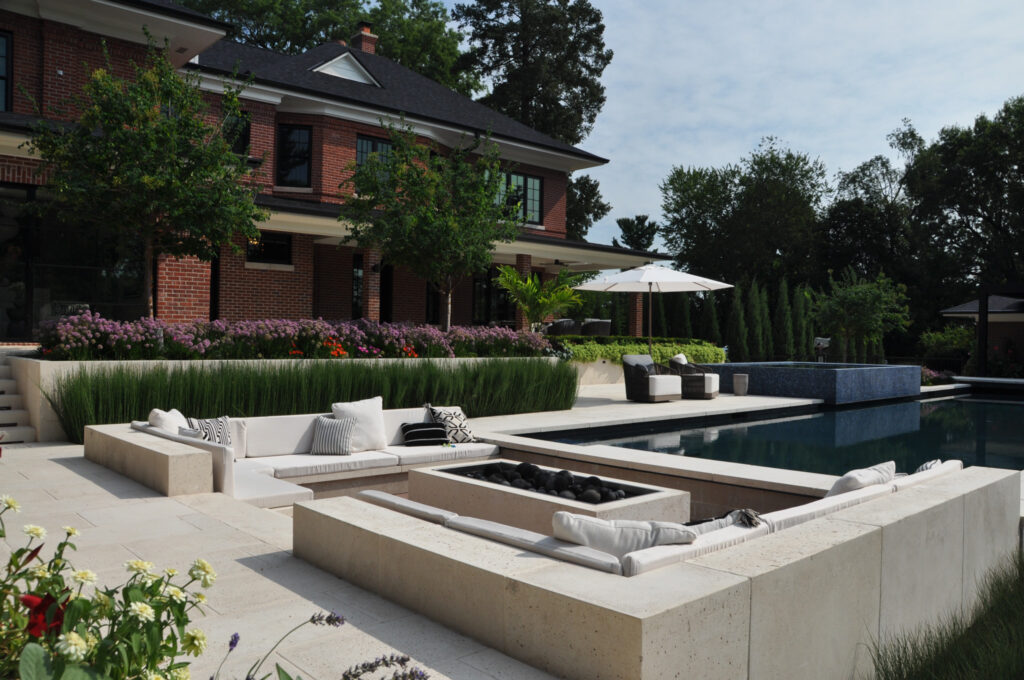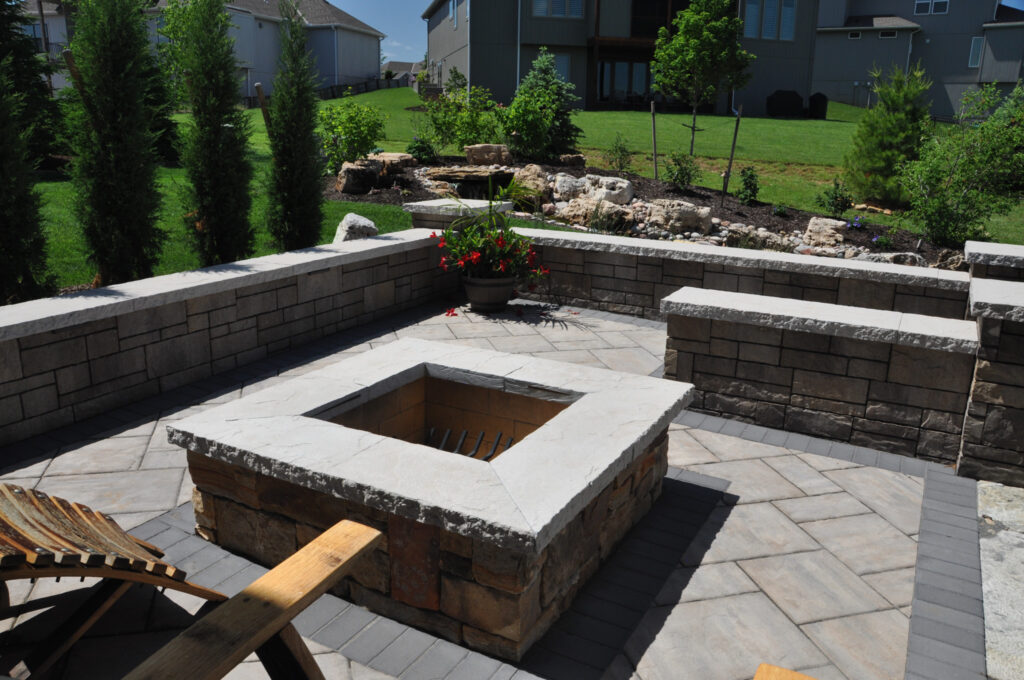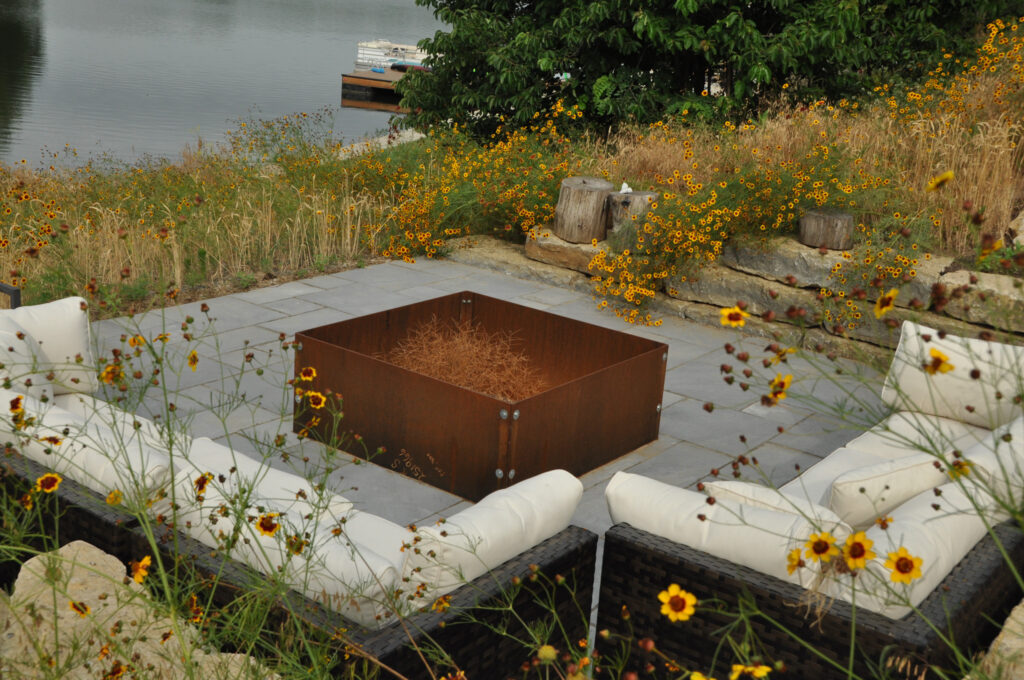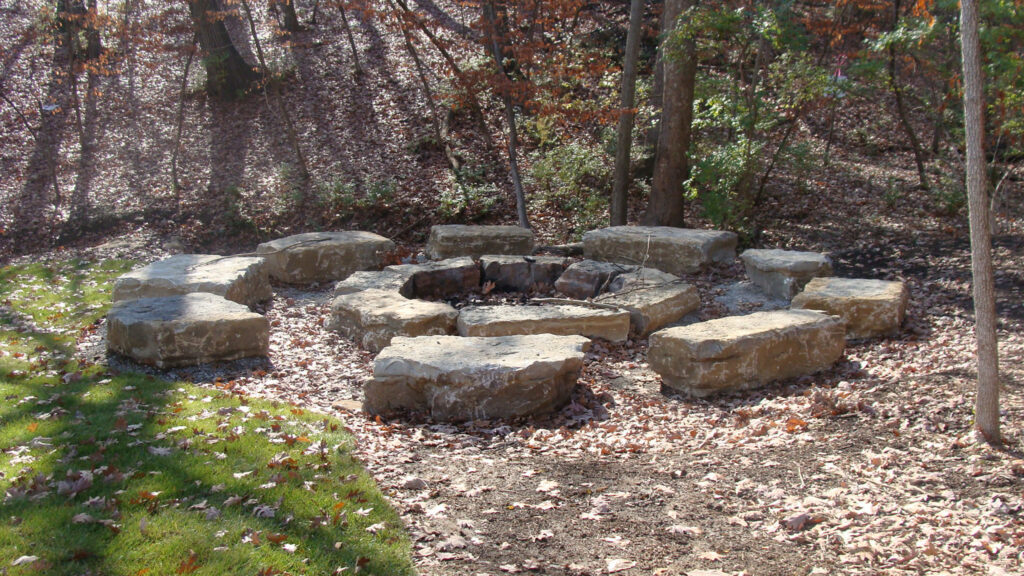I was surveying our backyard the other evening, seriously considering making some fairly extensive changes to the existing design. One corner of the yard especially caught my attention. For the last eight years that corner of our backyard has been a play area for our grandkids. It’s a private space surrounded by a boxwood hedge. To enter, you have to pass through an arbor covered with vines. Once you pass through the arbor, you are in a child’s imaginary world. The space has a playhouse, a sandbox, a water table, a miniature picnic table and all the extra paraphernalia a child could possibly need to immerse himself in play. All five of the kids loved their special spot and spent hours happily entertaining themselves there. It was a joy to watch and I’m glad that we had such a special place for them when they were little.
Now that they are older and their sandbox days are over, I think that it’s time to transform the space and make some new memories. Since the spot has gorgeous fall and winter views – it faces the craggy stone cliff of the quarry below – and is sheltered from chilly winds by a grove of trees, it would make a lovely seating area. I’m envisioning exchanging the play equipment for a paver patio with a stone fire pit surrounded by comfortable chairs and cozy blankets to ward off the chill of the coming fall evenings. I think that there would even be enough room for a small cabinet that could hold all the supplies you need for roasting marshmallows or making s’mores accompanied by mugs of steaming hot chocolate.

If, like me, you are considering adding a fall gathering space centered on a fire pit, there are a few things to think about before you begin.
- Where will people sit? Is there enough room in your intended spot for people to comfortably gather without being too crowded?
- Does the space offer any protection from the wind? Will gusts of frigid winds quickly ruin the gathering?
- What will the visual focus be? Will it be the fire itself, or is there an added attraction you’d like to showcase?
The key question to be considered however, is what type of fire pit will you install? Do you want a gas burning or a wood burning fire pit? Each has its own distinct pros and cons.

A wood burning fire pit has the mesmerizing draw of a campfire, giving off the aroma of whatever type of wood is burned. A wood burning fire pit provides more heat and it can’t be beat for roasting hot dogs or making s’mores. In most locations, its fuel – wood – is readily available and the unit itself is often highly portable so it can be positioned in the most desirable location for the specific event. Finally, wood burning fire pits can be less expensive than gas burning.
On the other hand, wood burning fire pits produce smoke that permeates the air, clothes, hair and everything else around it. The smell can linger long beyond the magic of the fire itself. Wood fires also produce ashes and debris that can fly out from the fire pit burning a bystander or causing a potentially dangerous blaze. A safety screen, which may be required by law, should always be used.

A gas burning fire pit is the height of convenience. Simply turn a knob or flick a switch, light the gas and within seconds fire appears. There is no wood to deal with and no need to feed the fire to keep the flames alive. It does not give off the “campfire” aroma, but it also does not produce the smoke smell that stays with you for hours or even days afterward. Gas fires, because they do not burn wood, are healthier for individuals with allergies to trees and mold. A gas fire is much cleaner than a wood fire, producing absolutely no ash or other debris to deal with later.
On the downside, a gas fire does not produce the same amount of heat as a wood burning fire does, so it can be more difficult to cook on a gas fire pit. Unless your fire pit is on a dedicated gas line, if you run out of fuel, your evening is probably over. (Unless, of course, you keep a spare tank on hand.). A gas fire pit needs to be kept covered when not in use. Some gas fire pits have a layer of volcanic rock at the bottom which can have a tendency to collect leaves and other yard waste. If leaves or twigs remain in the lava rock, they can catch fire and float out of the fire pit on an updraft, possibly starting a fire elsewhere. Additionally, because lava rock is highly porous, it can absorb water easily. If it is wet when it is heated, the rock can build up pressure from steam and explode, throwing bits of extremely hot lava rock out. Although lava rock has been the typical bottom layer, tempered glass beads designed to withstand high temperatures without exploding are becoming more common. As with wood burning pits, safety screens should be used to prevent accidental burning.
Those who choose gas fire pits also have another decision to make. Should the gas fire pit be hooked up to a natural gas line or should it run on tanks of propane? Fire pits that run on gas lines are considerably less expensive to operate than those that use propane, but are more expensive to install since a licensed plumber must run the line. A fire pit on a dedicated gas line must remain in place, while those that use propane are often movable.
Fire pits are available in a huge range of shapes, sizes and materials. From sleek tabletop fire pits to the more traditional brick, stone or metal there is an option to fit any style or budget. For inspiration, scroll through the gallery of designs by Embassy Landscape Group. It’s a great starting point to begin planning your own fall gathering spot.







If you’re ready to spend those crisp fall evenings nestled next to your own new fire pit, the design staff at Embassy Landscape Group can help you bring your dream to life. Give them a call today.
By: Sandra Nelson
